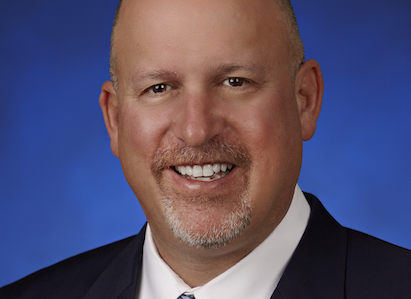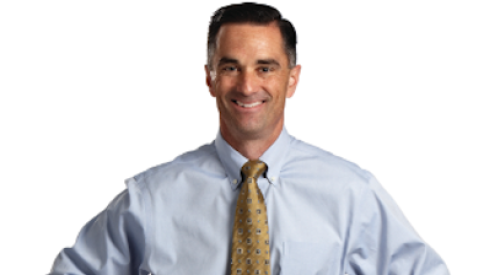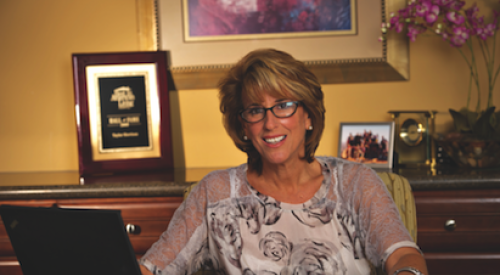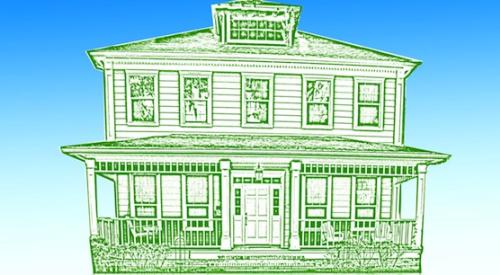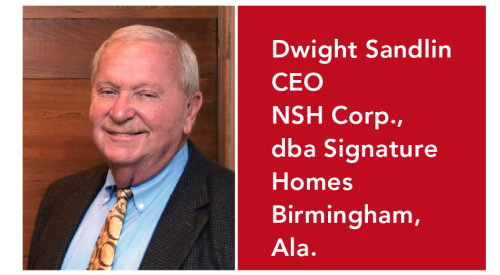Professional Builder Editor-in-Chief David Barista recently sat down with Meritage Homes CEO Steven J. Hilton to talk about the builder's net-zero offering, selling green homes, hot markets, and more. Here's a recap of our discussion:
Professional Builder: Meritage Homes has been at the forefront of the green production home movement. What drove you in this direction?
Steven J. Hilton: We’ve always had a culture of innovation. It’s a big part of how we got here. Going back a few years, we knew we had to figure out a way to compete with the resale market and differentiate ourselves from our competitors, because we knew the pie for the home-building industry was going to get smaller. An area where we could really make a difference was energy savings and extreme energy efficiency. We knew that if we could show people that their new home could save them money — put dollars back in their pocket — we could bring buyers who are traditionally looking for resale homes back to the new-home market.
With the help of our deconstructed model homes going up in our communities across the country and our innovative approach to building extreme energy-efficient homes, I think we’re starting to convert those buyers. Our traffic has improved a bit, but the real impact has been with our conversion rate. We’re converting more prospects into customers because our energy-efficient homes offer compelling value.
PB: You are among a handful of production builders offering zero-energy models. What has been the response from prospective buyers?
SJH: It’s sort of a pilot program for us because we only offer zero-energy models in the communities where we offer solar — in about 20 percent of our locations. But where we offer the option, we have a sell-through rate of between one-third and one-half, so a third to half of the buyers are selecting the zero-energy option. We’re pretty pleased with that.
We just rolled out the program on Earth Day in April, so we really don’t have much meaningful data yet in terms of the long-term sustainability of the zero-energy home concept. Early indications are pretty positive that it will make a difference in terms of sales. However, it does require that we get a rebate from the utility companies to make this work. If that goes away, net zero will not be economically viable.
PB: Besides energy efficiency, can you talk about other key design initiatives for 2011?
SJH: We have new plans coming out in almost all of our markets right now. Overall, these plans are more efficient to build — we worked with our trade partners to design out some of the cost that people don’t put a high value on. At the same time, we added unique features that I have not seen in some of our competitors’ homes — for example, tech centers are really big right now. We’re trying to make our plans more interesting, unique, and livable.
PB: Your second-quarter financial results were quite positive, especially given the state of the housing market. Can you highlight some keys to your success?
SJH: A big driver of our results is the impact from our new communities. We bought and locked in land for our new communities in 2009 — at deep discounts — and those are becoming a larger percentage of our deliveries. More than 50 percent of our deliveries are coming from new communities, and that’s driving our margins. Our gross margins are now back over 18 percent, helping our profitability. While we still don’t have the volume we’d like to have to efficiently leverage our overhead, we have more winners than losers when it comes to communities. We had particularly strong results in Orlando and Denver, and we had some success in Phoenix and some Texas markets, as well. I expect the back half of the year to continue to get better.
PB: Are there markets where you see opportunity for substantial growth?
SJH: There is opportunity for growth in almost all our markets. For instance, Raleigh, N.C., is a new market for us where we expect good growth. We’re building our first three communities there, and we have several more coming on line. We see growth potential in Texas, as well as in Arizona, California, and Florida. We have the green light to buy lots in pretty much all our markets right now.
